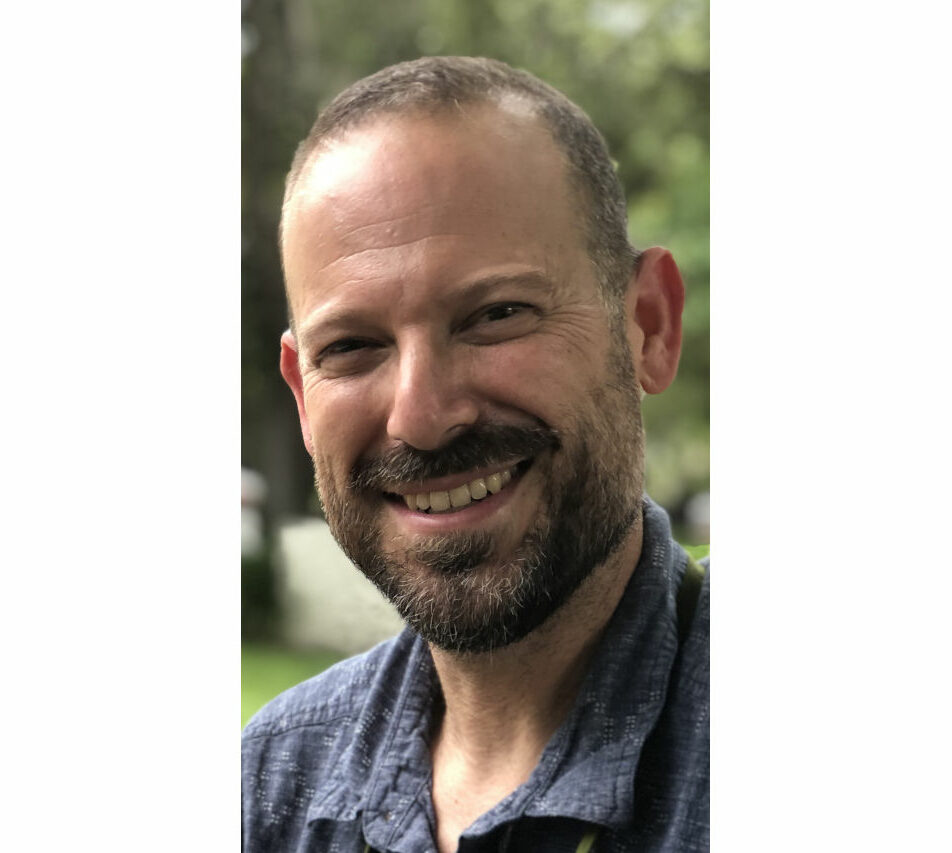Randall Wisser, the geneticist who combines AI and biodiversity
American geneticist Randall Wisser has just joined Inrae to design the seeds of tomorrow. His recipe: draw on the genetic resources of the world's seeds, then computer-model their adaptation to new environments. From the University of Delaware, herhis arrival in Montpellier follows an EXPLORE mobility program at MUSE.

The future of seeds lies in biodiversity. While this statement is certainly not shared by all seed geneticists, it is defended by Randall Wisser. Appointed Director of Research at Inrae's Laboratoire d'Écophysiologie des Plants sous Stress Environnementaux (LEPSE), the American geneticist explains: "I'm part of this scientific community that's trying to understand the richness of seed biodiversity and knows that too little crop diversity is certainly a danger to the sustainability of the system". The man who, only a few months ago, was still working at the University of Delaware, is joining Montpellier precisely "to meet the challenges facing agriculture as a result of climate change, within this international hub of agronomic research".
Since completing his doctorate at New York's Cornell University, Randall Wisser - who, with his typically American cordiality, quickly becomes Randy - has been fascinated by the complexity of living organisms, through the observation of plant disease resistance phenomena. He studied the many protective mechanisms at the molecular level, looking at variations from one plant to another. The researcher understands that reducing the resistance mechanism to the expression of a single gene offers much less stable protection than if the plant's entire defense machinery were mobilized.
Virtual modeling
In the U.S., he is working on corn, and is also looking at ways of adapting tropical varieties to a more northerly environment. The challenge is to draw on the biodiversity of indigenous varieties to find traits for resistance to certain diseases or drought, which the reduced pool of Western cultivated varieties does not offer. Then adapt them to their new environment. "Our results show that this adaptation is quite rapid, taking around ten years," comments Randy Wisser. But what's fast for research is an eternity for breeders. All the more so in the context of rapid climate change. Then comes the computing power needed to model the evolution of seeds in a new environment. "Thanks to our research, we are simultaneously developing a genomic prediction technique and a virtual modeling system which, we hope, will enable us to shorten these years and adapt the right material to the target environment", explains the geneticist.
He was recruited to LEPSE on the basis of this expertise. This laboratory is home to the PhenoArch platform, which is strategic for his research. By analyzing, at the genetic level, the response of plants (growth, transpiration and development) to environmental conditions (drought, temperature and light), the platform provides Randy Wisser's research with a wealth of data. At Inrae, he will be helping to study the adaptation of exotic varieties to new environments. Particularly in the context of climate forecasts.
"The essence of science
As for his own adaptation to the French research ecosystem, his arrival at the end of November is still too early to draw any conclusions. But his first research stay at Inrae won him over, where he says he found "the essence of science" through teamwork. This is no small compliment for a man who recognizes that in the United States, at this stage of his career, a researcher has his own laboratory equipped with the very latest equipment. "The U.S. is founded on the concept of independence, so I think the nature of collaboration is different. At LEPSE, I feel there's a team dynamic where the result is greater than the sum of its parts."
Despite his willingness to look on the bright side, Randy Wisser hints that arriving in France in covid weather was no picnic. He's not sure whether it's immigration or the health crisis, when he refers to himself as an "Airbnb gipsy" for three months before finally finding a place to live. And he recounts the unreal moment when, with his wife and two children, they swell the dozen or so passengers on the A 380 airbus taking them to the Old Continent.
